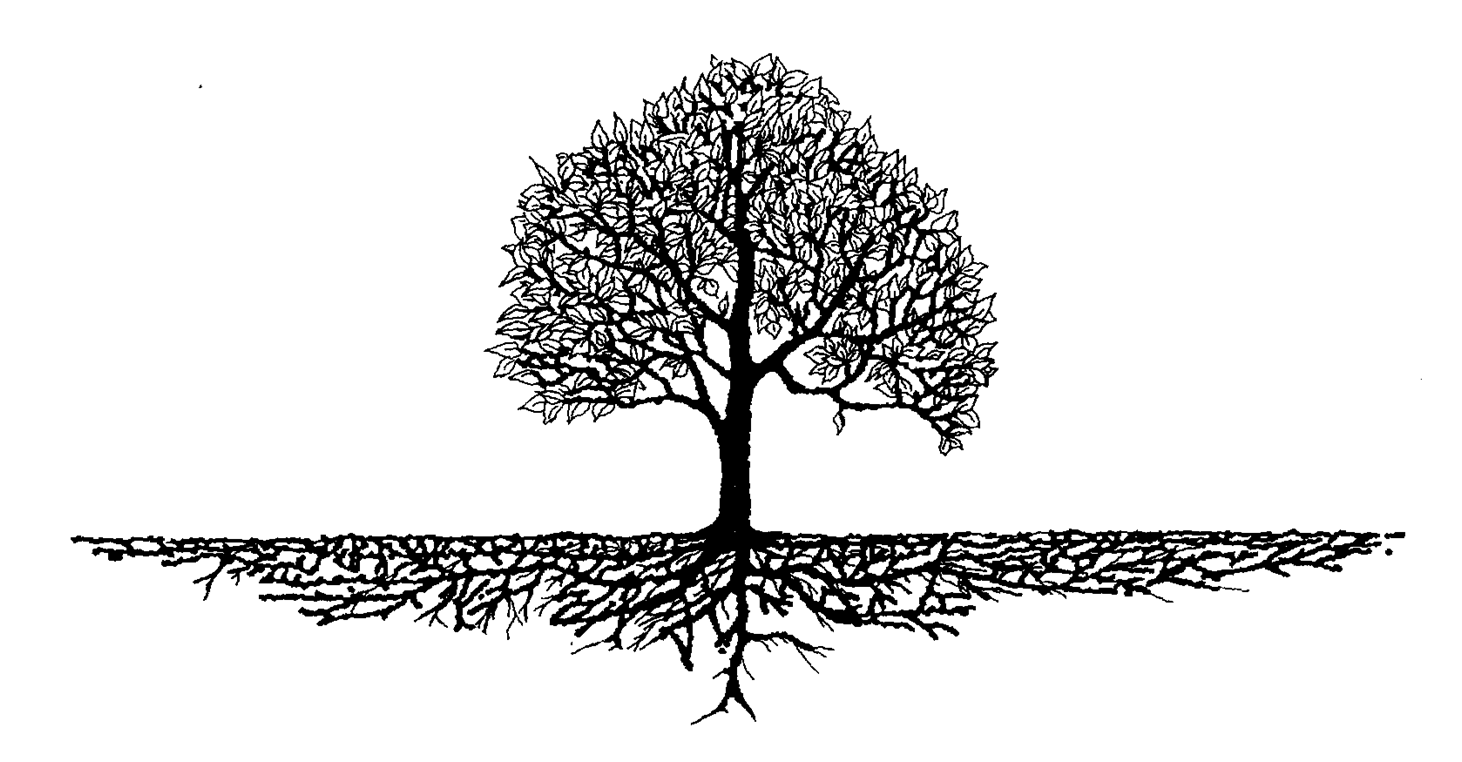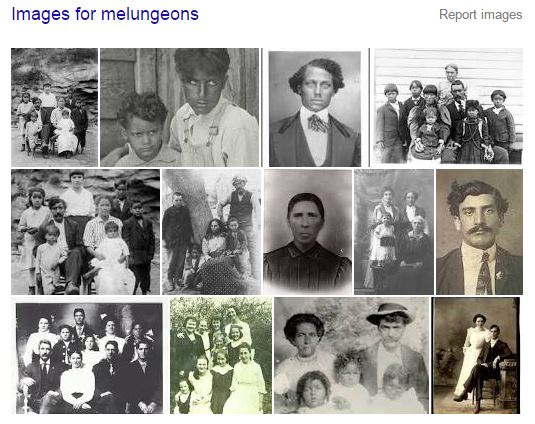The origins of the American Melungeon have always been considered mysterious.
Melungeons are generally known as a group of families from relatively unknown but likely diverse origins who share a set of common surnames such as Collins, Gibson, Mullins, Goins, and Bunch, and who lived in the Appalachian region of the United States including portions of East Tennessee, Southwest Virginia, and eastern Kentucky during the 19th and 20th centuries.
Many famous Americans are speculated to have descended from the Melungeons including President Abraham Lincoln, Elvis Presley and Tom Hanks. Ethnically, Melungeons are generally considered white, but with an asterisk, due to their mysterious origins and exotic variations in their appearance – dark hair, swarthy or olive complexions, and non-European features. These looks have led some to speculate that the origins of Melungeons were Moorish, Portuguese, Turkish, Persian, Middle Eastern, Gypsy, Greek and even Native American.
But what are the true origins of their diverse background? A broad DNA study on Melungeons concluded that they were a tri-racial population primarily of mixed European, African and Native American ancestry. These conclusions have led many researchers to categorize Melungeons as one of many “tri-racial isolate” groups that have been identified across the Southeastern United States. Here’s a previous blog post which includes a complete listing of these tri-isolate groups.
Their history as a tri-racial isolate group dates back to colonial Virginia and the Carolinas and the first Africans to arrive in Jamestown in the 1600s. Africans from Angola were brought on Portuguese slave ships intended for South America and the Caribbean. Some ships were pirated and re-directed to Jamestown. Since their arrival pre-dated the establishment of institutional slavery, many of the Africans who landed in Jamestown served as indentured servants not chattel slaves, and were freed after an obligatory period of service. The African men went on to establish free communities, own land and start families, intermarrying with European women who may have served with them side by side as fellow indentured servants as well as Native American women. These communities of mixed blood, free families stuck together, migrating south and west over the course of the 18th century in pursuit of land grants and to escape oppressive laws restricting the rights and freedoms of people of color across the South. This migration likely explains how Melungeons settled into Appalachia.
The Cumbos were one of these original colonial, tri-racial families, originating with the first documented Cumbo in the New World, Emanuell Cambow. Tim Hashaw in his article MALUNGU: The African Origin of the American Melungeons lists Cumbo as one of core surnames of the Angolan ancestors of Melungeons in early 17th century Virginia, Maryland, Delaware and Carolina.
1620’s: Carter, Cornish, Dale/Dial, Driggers, Gowen/Goins, Johnson, Longo, Mongom/Mongon, Payne
1630’s: Cane, Davis, George, Hartman, Sisco, Tann, Wansey
1640’s: Archer, Kersey, Mozingo, Webb
1650’s: Cuttillo, Jacobs, James
1660’s: Beckett, Bell, Charity, Cumbo, Evans, Francis, Guy, Harris, Jones,Landum/Landrum, Lovina/Leviner, Moore, Nickens, Powell, Shorter, Tate, Warrick/Warwick
Tim Hashaw explores the African origin of the Melungeon in greater detail in his book “The Birth of Black America”. He theorizes that the term Melungeon has origins in Africa and asserts that the term “Malungu” is the earliest word to mean African American. Over time it would be Anglicized by Colonial America into the word “Melungeon”
The word was malungu and, for those Mbundu [Angolan] prisoners who survived the middle passage, it came to signify “Comrades who came over the sea from the same homeland in the same ship.” It is the earliest word to mean “African American”.
I find the history of the American Melungeon, and my Cumbo family’s role in this history, quite fascinating so I continue to research this topic to learn as much as I can. I’ve consumed both of Hashaw’s books on the Melungeon. Next up on my reading list is Brent Kennedy’s “The Melungeons: The Resurrection of a Proud People”. I appreciate any suggestions on this topic that readers of this blog are willing to share in the comments section of this post.


Stumbled across this researching my families possible melungeon ancestry. From Appalachia, Wise Co, Pound Ky, Big Stone Gap areas. We’re rather dark complected, lol. Also interested in connections to early primitive baptists.
I have been doing my geneology for several years now. I have discovered we are descendants of Mozingos and family DNA tests prove this. I was always told we could be Native American from that line due to physical characteristics. DNA tests have proven this is false and we have zero Native American, but African and Portugese DNA. I also discovered documents that seem to indicate that at a certain point the Mozingo lineage was denied. The Mozingo father was claimed to have been a step-father. Both historical documents and DNA results prove differently.
If you haven’t already, read Joe Mozingo’s book, The Fiddler on Pantico Run: An African Warrior, His White Descendants, A Search for Family. Shares a lot of history on the Mozingo family.
Joe’s book is excellent. I discovered my Mozingo connection about 1.5 years ago and have been obsessed with this line of my family tree and have developed lots of pride for my Angolan ancestor. Interestingly, I have found cross-over between my maternal and paternal lines that originated five to six generations ago and have painstakingly been trying to piece it all together. What a journey!
Very interesting article. I’m just now discovering my melungeon ancestry on both sides. My mixed race Madison County, Kentucky family is related to the Driggers & Combo family as well as several more melungeon surnames on my father’s side such as Goings, Oxendine etc in Southern Ohio.